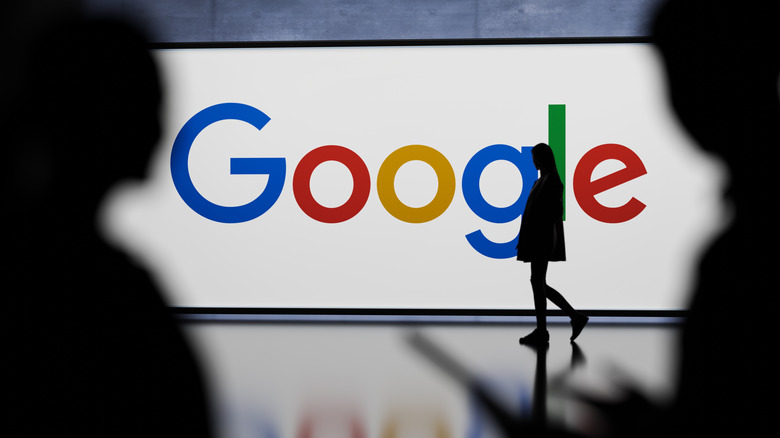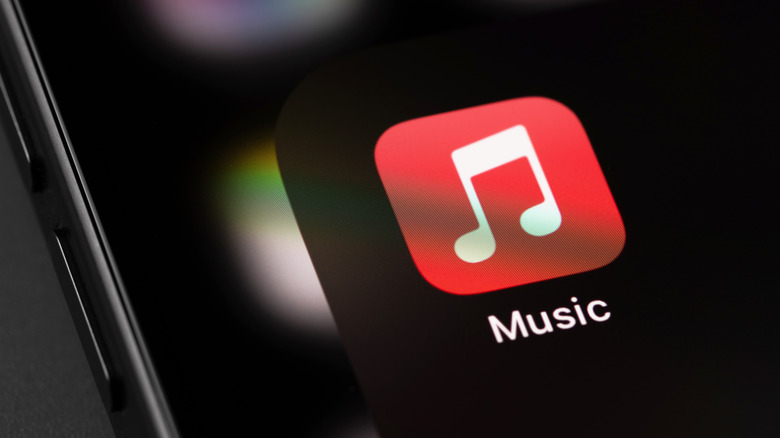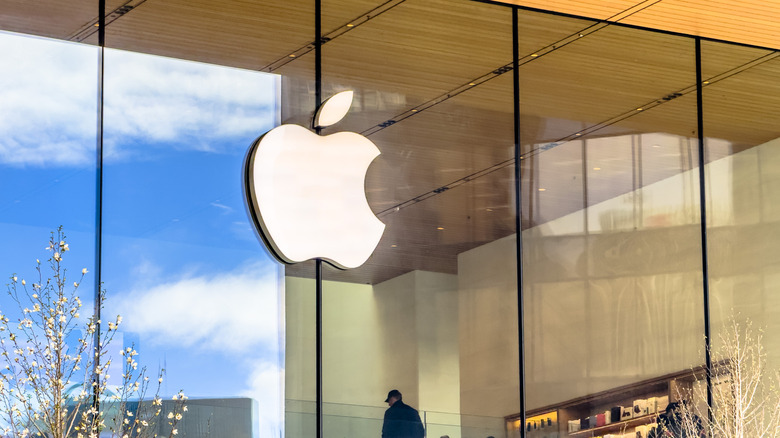Apple's Services Division Is On Track To Earn More Money Than Tesla, Pepsi, And Disney
A couple of years ago, analysts warned that Apple was too reliant on the iPhone. At the time, the device accounted for more than 50% of Apple's revenue. Analysts were of the mind that if too much of Apple's revenue was tied to the iPhone, the company would be dangerously vulnerable to a slowdown in smartphone sales. Even one single product mishap could potentially send Apple's shares on a downward spiral. But Apple, to its credit, diversified its revenue streams quite impressively. Product-wise, the company's iPad, Mac, and wearables divisions account for nearly 25% of Apple's revenue in a given quarter.
But the real star is Apple's services business, a segment that encompasses revenue from the App Store, Apple Pay, Apple TV subscriptions, AppleCare coverage, Apple Arcade, and Apple Music. Altogether, Apple's services division has grown tremendously over the past few years. During Apple's most recent quarter, revenue from its services division reached $27.4 billion. As a point of comparison, Apple's services business in 2021 generated $5.2 billion in revenue. That's an impressive 426% increase over four years. What's more, the margins on Apple's services are markedly higher than the margins on the company's hardware.
Later this week, Apple will report its earnings for the recent September quarter. The Financial Times notes that if analyst projections for the quarter are accurate, Apple's services business during the most recent fiscal year will have generated more than $108.6 billion in revenue. This would also mark the first time Apple's services business eclipses the $100 billion threshold in a 12-month timeframe. To help put the figure into context, Apple's services business, by itself, is on pace to generate more annual revenue than companies like Tesla, Disney, and Pepsi, which generate $97.6 billion, $91.3 billion, and $91.8 billion in annual revenue, respectively.
Apple's services revenue gets a huge boost from Google
Apple's services business is expected to grow significantly in the coming years. Especially as the iOS user base expands, services revenue will grow along with it. To this point, JPMorgan analyst Samik Chaterjee tells the Financial Times: "Engagement of consumers [is] continuing to increase on iPhones, with growth not only driven by growth in the installed base but also higher monetisation per device."
A huge and sometimes overlooked component of Apple's services revenue is its search deal with Google. Google famously pays Apple billions of dollars so that it can be the default search engine in mobile Safari. We're talking upwards of $20 billion a year, which means that approximately 20% of Apple's annual services revenue comes straight from Google. You might recall that Apple's search deal with Google was at risk as part of the DOJ's recent antitrust investigation into Google's business practices. This past September, however, a judge ruled that Google's deal with Apple can continue.
One caveat to the ruling is that Google can no longer ink a multi-year deal with Apple when it comes to making Google the default search engine on Safari. In other words, the partnership between the two companies can continue, but any new agreement can only last for one year, after which bidding has to begin anew.
A more granular look at Apple's services portfolio
If 18-20% of Apple's annual services revenue comes from Google, where does the other 80% come from? Apple doesn't provide this data itself, but some reports claim that revenue from the App Store accounts for about 32% of services revenue, with Apple Music and Apple TV reportedly accounting for 9% and 3% of services revenue, respectively.
Interestingly, services revenue from iCloud and AppleCare account for 10% and 12% of Apple's annual services revenue, respectively. On a dollar basis, this is estimated to be $12.5 billion and $10.4 billion per year. This is notable because iCloud and Apple Care revenue tends to be "stickier" than revenue from Apple Arcade or Apple TV, which users are more likely to stop and restart periodically.
Going forward, it will be interesting to see how popular Apple TV can get. Though it only accounts for 3% of services revenue, there's mounting evidence that its popularity is growing. Just this month, Apple executive Eddy Cue was asked about a rumor that Apple TV has 45 million subscribers. In response, Cue said that the actual subscriber number is "significantly more than that." Suffice it to say, Apple TV is doing quite well, especially when one considers that Hulu currently has 55 million paid subscribers.
Apple recently bumped the price of a monthly Apple TV subscription to $12.99. If we assume that Apple's TV streaming service currently boasts 50 million subscribers, that comes out to $7.7 billion in revenue per year. Estimates peg Apple TV revenue in 2024 to be in the $3.4 billion range. With Apple's new subscription price, and its growing subscriber base, Apple TV revenue in 2026 could very well be more than double what it was in 2024.
Running Apple TV isn't cheap
Of course, running Apple TV doesn't come cheap. Just this month, Apple agreed to pay Formula 1 $140 million per year to be the exclusive streaming platform for F1 racing. There have also been rumblings that Apple is interested in acquiring Warner Bros. content, a move that would instantly bolster Apple's content library. As it stands now, Apple TV is the only major streaming platform that relies exclusively on original content. Every other major streamer, from Netflix to Hulu, offers licensed third-party content alongside its original programming.
If Apple goes down this path, acquiring Warner Bros. content will likely cost a pretty penny. As we covered previously, Warner investors recently deemed a $2.1 billion offer from Paramount too low. Suffice it to say, if Apple and Warner Bros. strike a deal, it will be for a massive amount.
Personally, I think it makes sense for Apple to broaden its Apple TV offerings. Its original content is great, but the company runs the risk of constantly racing to pump out more and more premium shows as fast as viewers can binge them. Supplementing this content with familiar third-party programming is a great way to attract users looking to watch older shows, and keep existing users from canceling their subscriptions after getting their fill of Apple's original programming.



